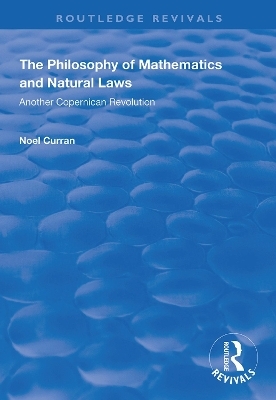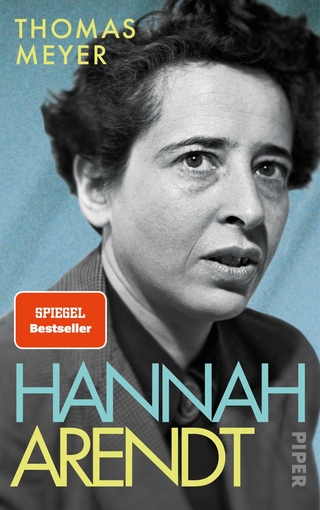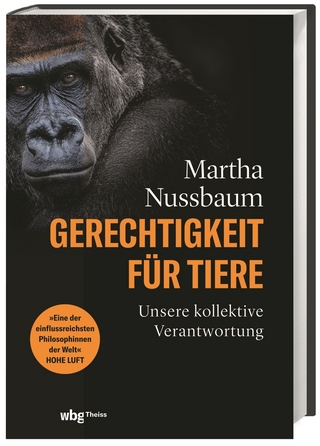
The Philosophy of Mathematics and Natural Laws
Another Copernican Revolution
Seiten
2020
Routledge (Verlag)
978-1-138-33784-8 (ISBN)
Routledge (Verlag)
978-1-138-33784-8 (ISBN)
First published in 1997, this title's philosophy of mathematics is based on ideas of Sir William Rowan Hamilton on the ordinal character of numbers, the real numbers, the measure numbers, scalar numbers and the extension to vectors.
First published in 1997, this title is a sequel to Dr Noel Curran's first book The Logical Universe: The Real Universe (published by Ashgate under the Avebury imprint, 1994). The philosophy of mathematics in this book is based on ideas of Sir William Rowan Hamilton on the ordinal character of numbers, the real numbers, the measure numbers, scalar numbers and the extension to vectors. The final extension is to Hamilton’s quaternions. This algebra is interpreted as the mathematics of spin. This led to a a new theory of time and space which is Euclidian. The motion of spin is absolute, no frame of reference is required. If time is assumed to have a beginning it would be asymmetric with an arrow. This concept is applied to the laws of nature, which are symmetrical. This is another Copernican Revolution in three aspects: absolute time is restored, time has an arrow - is asymmetric, and thirdly the theory is based on the motion of spin which is absolute and more fundamental than the motion of translation. This opens the way to the final unification of physics.
First published in 1997, this title is a sequel to Dr Noel Curran's first book The Logical Universe: The Real Universe (published by Ashgate under the Avebury imprint, 1994). The philosophy of mathematics in this book is based on ideas of Sir William Rowan Hamilton on the ordinal character of numbers, the real numbers, the measure numbers, scalar numbers and the extension to vectors. The final extension is to Hamilton’s quaternions. This algebra is interpreted as the mathematics of spin. This led to a a new theory of time and space which is Euclidian. The motion of spin is absolute, no frame of reference is required. If time is assumed to have a beginning it would be asymmetric with an arrow. This concept is applied to the laws of nature, which are symmetrical. This is another Copernican Revolution in three aspects: absolute time is restored, time has an arrow - is asymmetric, and thirdly the theory is based on the motion of spin which is absolute and more fundamental than the motion of translation. This opens the way to the final unification of physics.
Noel Curran
1. Introduction. 2. The Concept of Number. 3. Number Systems. 4. Algebra – the Science of Pure Time. 5. Geometry. 6. Measurement and Numbers. 7. Quaternions versus Vector Analysis. 8. The Unification of Physics.
| Erscheinungsdatum | 03.02.2020 |
|---|---|
| Reihe/Serie | Routledge Revivals |
| Verlagsort | London |
| Sprache | englisch |
| Maße | 152 x 219 mm |
| Gewicht | 453 g |
| Themenwelt | Sachbuch/Ratgeber ► Gesundheit / Leben / Psychologie |
| Geisteswissenschaften ► Philosophie ► Ethik | |
| Medizin / Pharmazie ► Pflege ► Ausbildung / Prüfung | |
| ISBN-10 | 1-138-33784-6 / 1138337846 |
| ISBN-13 | 978-1-138-33784-8 / 9781138337848 |
| Zustand | Neuware |
| Haben Sie eine Frage zum Produkt? |
Mehr entdecken
aus dem Bereich
aus dem Bereich
unsere kollektive Verantwortung
Buch | Hardcover (2023)
wbg Theiss in Wissenschaftliche Buchgesellschaft (WBG) (Verlag)
35,00 €


